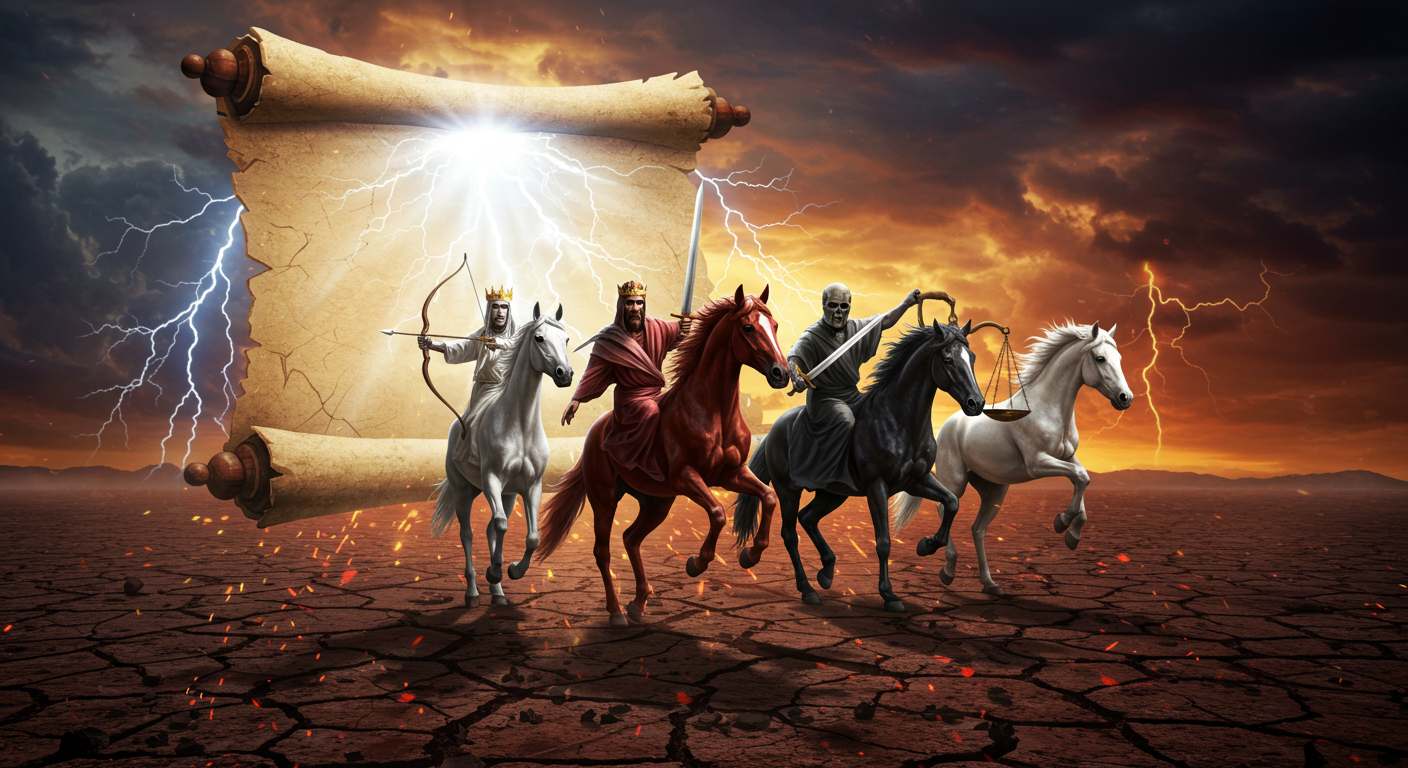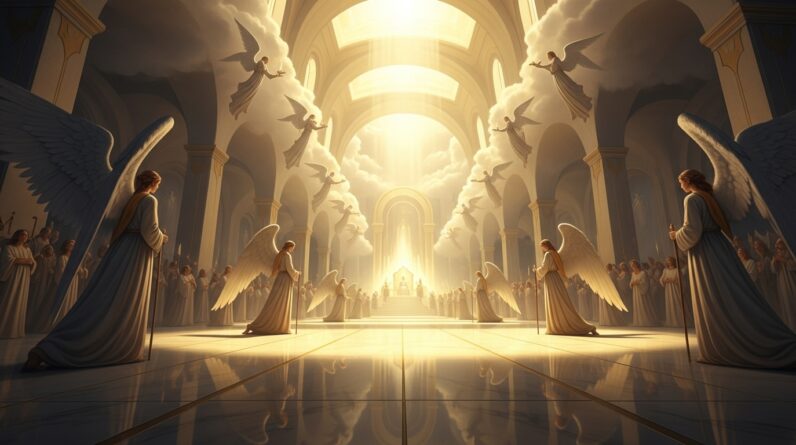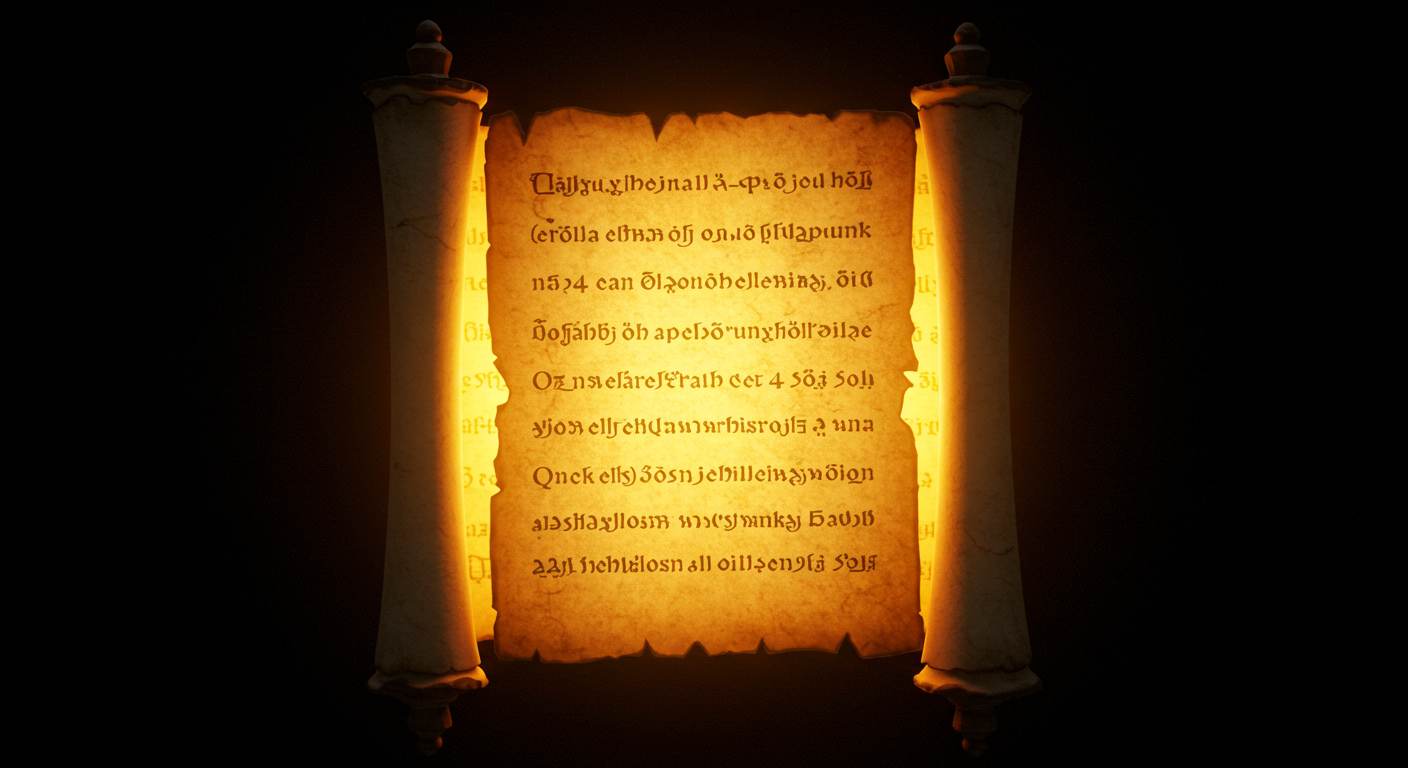Discover the enigma of the Four Horsemen in Revelation 6. Explore the symbolism and modern relevance of conquest, war, famine, and death in this compelling analysis.
The Four Horsemen of the Apocalypse: Unveiling Revelation 6’s Mystery
In the vast tapestry of apocalyptic imagery, few symbols are as intriguing and enigmatic as the Four Horsemen of the Apocalypse. Found within the pages of Revelation 6, these mysterious figures have inspired countless interpretations and debates. But what do they really represent? Let’s dive into the heart of this biblical mystery and untangle the symbolic threads woven throughout the narrative.
A Dramatic Beginning: The Seal’s Revelation
To set the stage, the Book of Revelation, believed to be penned by John while exiled on the island of Patmos, is an awe-inspiring vision of divine revelation. In Revelation 6, the opening of the first four seals brings forth four horsemen, each with distinct characteristics and symbolic meanings.
📖 Key Verse:
The start of this imagery begins with Revelation 6:1, which states: “I watched as the Lamb opened the first of the seven seals. Then I heard one of the four living creatures say in a voice like thunder, ‘Come!’”
The First Horseman: Conqueror on the White Horse
The first horseman arrives on a white horse, a bow in hand and a crown upon his head. At first glance, the white horse might suggest purity or peace, but the imagery carries a deeper, possibly conflicting, meaning.
The Ambiguity of Victory and Conquest
Some interpretations view this figure as a symbol of Christ or the spread of the Gospel, reflecting victories of truth and righteousness. However, others argue that this horseman represents a more worldly conquest—power used to dominate, perhaps symbolizing a deceptive promise of peace that leads to war. The complexity of this figure lies in its dual nature, making it a potent symbol for a variety of interpretations.
The Second Horseman: War on the Red Horse
Next, the fiery red horse gallops into the scene, its rider bearing a large sword. This immediately calls forth images of conflict and bloodshed, resonant with the chaotic nature of war.
Unleashing the Fury of Conflict
Revelation 6:4 declares, “Then another horse came out, a fiery red one. Its rider was given power to take peace from the earth and to make people kill each other. To him was given a large sword.” This vivid description leaves little room for ambiguity, painting a stark picture of strife and discord unleashed upon the earth. In interpretive contexts, war serves as a reminder of human ambitions clashing violently, leading to widespread devastation.
The Third Horseman: Famine on the Black Horse
The narrative’s darkness deepens with the arrival of the third horseman on a black horse, holding a pair of scales. This element signifies scarcity and economic imbalance, symbolic of famine.
A World in Scarcity’s Grip
The black horse’s symbolism warns of periods when basic necessities become commodities of scarcity, exemplified through the biblical verse Revelation 6:5-6: “Then I heard what sounded like a voice among the four living creatures, saying, ‘A quart of wheat for a day’s wages, and three quarts of barley for a day’s wages, and do not damage the oil and the wine!’” This foreboding prophecy suggests that while food staples become inaccessible, luxury items remain intact, a grim reflection of inequality.
The Fourth Horseman: Death on the Pale Horse
Finally, the pale horse emerges, its rider unequivocally named Death, trailed by Hades. This horseman encapsulates the ultimate equalizer, reminding humanity of its mortality.
Death’s Sovereignty Over Life
As the end looms in Revelation 6:8, “I looked, and there before me was a pale horse! Its rider was named Death, and Hades was following close behind him. They were given power over a fourth of the earth to kill by sword, famine, and plague, and by the wild beasts of the earth.” This chilling description underscores the universal reach of mortality, putting into perspective the transient nature of life and the eventual resurrection through faith.

Universal Themes and Contemporary Reflections
Despite originating in an ancient text, the Four Horsemen of the Apocalypse resonate with modern audiences. Their narratives align with contemporary concerns of conquest, war, inequality, and mortality. In times of global turmoil—whether through conflict, economic crises, or pandemics—the imagery of the horsemen remains profoundly relevant, urging self-reflection on personal and collective morality.
Perspectives Within Religious Discourse
From a theological standpoint, interpretations of the Four Horsemen vary widely among scholars, theologians, and believers. Different Christian denominations may emphasize certain aspects over others, shaping unique doctrines around the same core symbols. Thus, engaging with these perspectives opens avenues for deeper understanding and dialogue among faiths.
Invitation to Reflect and Engage
In exploring the Four Horsemen of the Apocalypse, you’re invited not just to ponder ancient mysteries but also to engage actively with the world around you. How do the narratives of Revelation 6 prompt us to examine our actions and the society we shape?

🔍 Explore More Bible Insights:
✅ 1. The Role of Eliab – David’s Brother in His Journey to Facing Goliath
Tone: Relational, reflective, character-focused
🔹 “Family Tensions and God’s Purpose – Discover the Connection”
Read it here.»
✅ 2. What Jeremiah 29:11 Means for Us Today
Tone: Hopeful, encouraging, life application
🔹 “God’s Plans Still Stand – Find Your Hope Here”
Read it here.»
✅ 3. The Wise and Foolish Builders – A Strong Foundation in Faith (Matthew 7:24-27)
Tone: Foundational, practical, discipleship
🔹 “Build Your Life on the Rock – Keep Learning”
Read it here.»
✅ 4. The Roman Centurion at the Cross – A Moment of Revelation
Tone: Awe-inspiring, redemptive, gospel-centered
🔹 “From Witness to Believer – Read His Revelation”
Read it here.»
As a ClickBank Affiliate, I earn from qualifying purchases.
Acknowledgment: All Bible verses referenced in this article were accessed via Bible Gateway (or Bible Hub).
“Want to explore more? Check out our latest post on Why Jesus? and discover the life-changing truth of the Gospel!”








